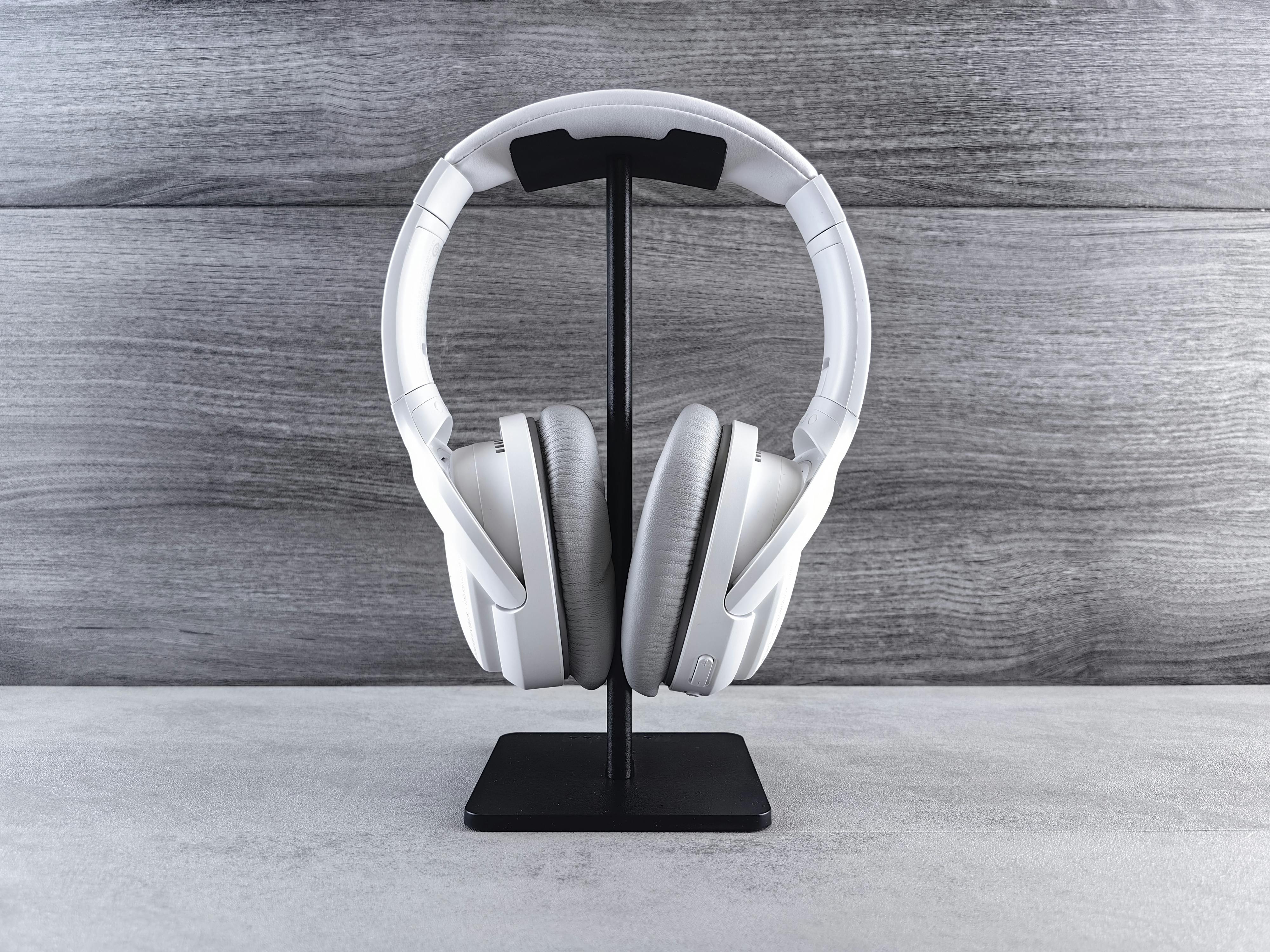Sonic Textiles: The Future of Wearable Audio
In a world where technology seamlessly integrates into our daily lives, the realm of wearable tech is pushing boundaries once again. Enter sonic textiles, a groundbreaking innovation that's set to revolutionize how we experience sound. These fabrics, woven with conductive threads and embedded with miniature speakers, promise to transform our clothing into personal audio systems. But what exactly are sonic textiles, and how might they reshape our relationship with music, communication, and even personal health?

From Concept to Reality
The journey of sonic textiles from laboratory curiosity to potential consumer product has been a rapid one. Early prototypes emerged from research institutions just a few years ago, with rudimentary designs that could produce simple tones. Today, advanced versions can reproduce high-quality audio across a wide frequency range, rivaling traditional headphones in clarity and depth.
The Technology Behind the Thread
At the heart of sonic textiles lies a complex interplay of materials science and audio engineering. The conductive threads used in these fabrics are often made from silver-coated nylon or other metallic alloys, chosen for their excellent conductivity and flexibility. These threads form an intricate network within the fabric, acting as both power supply and signal carriers for the embedded speakers.
Miniaturization Marvels
The speakers themselves are marvels of miniaturization. Unlike traditional dynamic drivers, which rely on moving coils and magnets, sonic textile speakers often use piezoelectric materials. These substances change shape when an electrical current is applied, creating vibrations that produce sound. By using multiple tiny piezoelectric elements distributed throughout the fabric, sonic textiles can create a surprisingly immersive audio experience.
Applications Beyond Entertainment
While the most obvious application for sonic textiles is in the realm of personal audio, their potential extends far beyond just listening to music. In the healthcare sector, garments made with sonic textiles could provide targeted sound therapy for patients with tinnitus or other auditory disorders. In sports and fitness, workout clothes could offer real-time audio feedback on form and performance without the need for earbuds that might fall out during intense activity.
Privacy and Social Implications
As with any new technology, sonic textiles raise important questions about privacy and social interaction. How will these audio-enabled garments affect our public spaces? Will they lead to more isolation, or could they actually enhance communication by allowing for more discreet conversations in noisy environments? Manufacturers and policymakers will need to grapple with these issues as the technology matures.
The Road to Market
Despite the exciting potential of sonic textiles, several hurdles remain before they can become a mainstream consumer product. Durability is a key concern – these high-tech fabrics need to withstand washing, wear, and environmental factors without losing functionality. Power management is another challenge, as the textiles will require a reliable and safe power source that can be easily recharged or replaced.
Pricing and Accessibility
As with most emerging technologies, the initial cost of sonic textile products is likely to be high. Early adopters can expect to pay a premium for the first wave of audio-enabled clothing, with estimates ranging from $500 to $1000 for a basic garment. However, as production scales up and the technology becomes more refined, prices are expected to drop significantly, potentially reaching mass-market levels within 5-10 years.
A Symphony of Possibilities
The advent of sonic textiles opens up a world of possibilities for designers, engineers, and consumers alike. From jackets that can answer phone calls to dresses that play ambient soundscapes, the potential applications are limited only by imagination. As this technology continues to evolve, it may well redefine our relationship with both fashion and audio, ushering in a new era of wearable sound.





